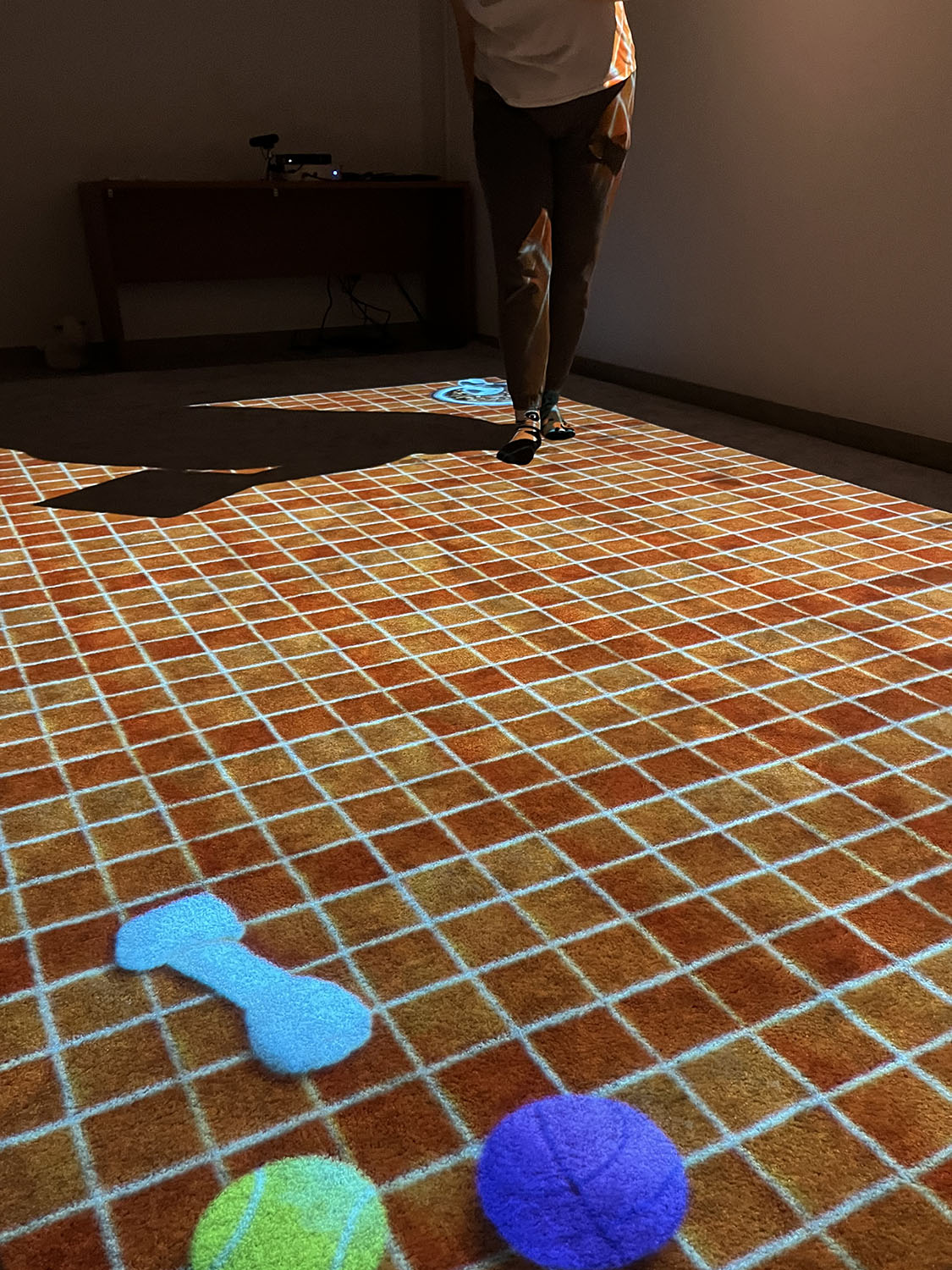Virtual reality
The world of healthcare is constantly evolving and innovating. One revolutionary technology that is gaining popularity is virtual reality.
This innovation opens up new possibilities for a fast recovery process and brings more motivation and fun to rehabilitation programs. It is becoming an indispensable tool in the field of physical rehabilitation and is having a positive impact on patients whose diagnoses can benefit from this treatment modality, thereby improving their mobility.

A new system for rehabilitation of patients with neurological disorders.
More than 200 rehabilitation centres and hospitals from all over the world are already using NIRVANA to support clinical rehabilitation practice (e.g. in the Czech Republic, Austria, Poland, elsewhere in the EU and outside the EU). In the Slovak Republic this system has not been used so far, HENDI CENTRUM was the first to introduce it into the rehabilitation process for patients without age limitation.
Nirvana is a system using virtual reality in rehabilitation specially developed to support motor and cognitive functions in patients with neuromotor disorders.

The main indications - without age restrictions:
- conditions after sudden stroke
- Cerebral palsy and related conditions and mobility disorders within the cerebellum
- movement disorders of central origin, including heredofamilial disorders
- spinal muscular atrophy and other muscle diseases
- Parkinson's disease and other degenerative diseases of the basal ganglia
- Autism
- Sclerosis multiplex

Main principles
Nirvana is a "sensory room" where the patient is stimulatingly engaged in a variety of realistic situations in an effective rehabilitation process. Exercises are modified in real time and tailored to the abilities of the individual patient. At the core of NIRVANA is a database of exercises, grouped into 6 categories developed in collaboration with clinical departments. During exercise, the system measures and generates all relevant indices of patient progress through an easy-to-read report.

Benefits and patient benefits
- Stimulates proactivity - the patient is active in their treatment by having fun and doing tailored exercises, such treatment is more effective and provides better results in less time.
- Complete freedom of movement - the patient can move spontaneously without obstacles, glasses, gloves and various sensors and can perform rehabilitation exercises using his/her own devices such as a walker, crutches and wheelchair.
- Direct interaction with the virtual environment - this is the only system where the patient interacts directly with the virtual environment and avoids any simulator that distracts the neurological patient from reality.

HENDI CENTRE in Piešt'any is a leader in the application of virtual reality in rehabilitation.
Building on the experience gained after the launch of the Nirvana virtual reality device, we installed another cutting-edge virtual reality device - Gait Better with a walking belt, which helps patients significantly improve both mobility and stability when walking and reduce the risk of falls.

Gait Better system
represents an innovative motor-cognitive approach to gait rehabilitation and falls prevention and, according to studies from renowned centres around the world, seems to be more important than motor training alone. By adding the experience of a virtual environment to training on a treadmill, the system allows patients to practice real-life situations such as walking in a park or busy city streets in safety and under the supervision of a physiotherapist. Multi-purpose exercises that combine decision-making, memory tasks and mindfulness exercises lead to rapid and sustained improvements in walking and related dynamic balance, endurance, stability, cognitive function and increase self-confidence.

Many conditions lead to gait disturbances, whether stroke, Parkinson's disease, multiple sclerosis, post-surgical conditions, hip or knee replacements, vestibular system and many other indications that affect gait in different ways. Traditional gait therapy has many limitations, specifically in terms of difficulty but also in terms of time. For each patient, Gait Better provides the necessary individual approach according to the specific situation, the patient's overall condition and their current movement capabilities. An integral part of working with Gait Better is monitoring the patient during the training and tracking their training progress. The virtual reality Gait Better is a powerful treatment device that delivers a quick and desired effect or fun under the professional guidance of a physiotherapist.

Indications for Gait Better virtual reality rehabilitation with a walking belt:
- ageing of the body
- high risk of falls
- balance disorders
- vestibular syndromes
- Parkinson's disease
- Sclerosis multiplex
- conditions after sudden stroke
- conditions following injuries to the brain, spinal cord and lower limbs
- conditions after hip or knee replacement
- conditions following amputation of a limb
- conditions following soft tissue injuries of the lower limbs
- degenerative diseases of the joints of the lower limbs
- Attention-deficit/hyperactivity disorder (ADHD)


